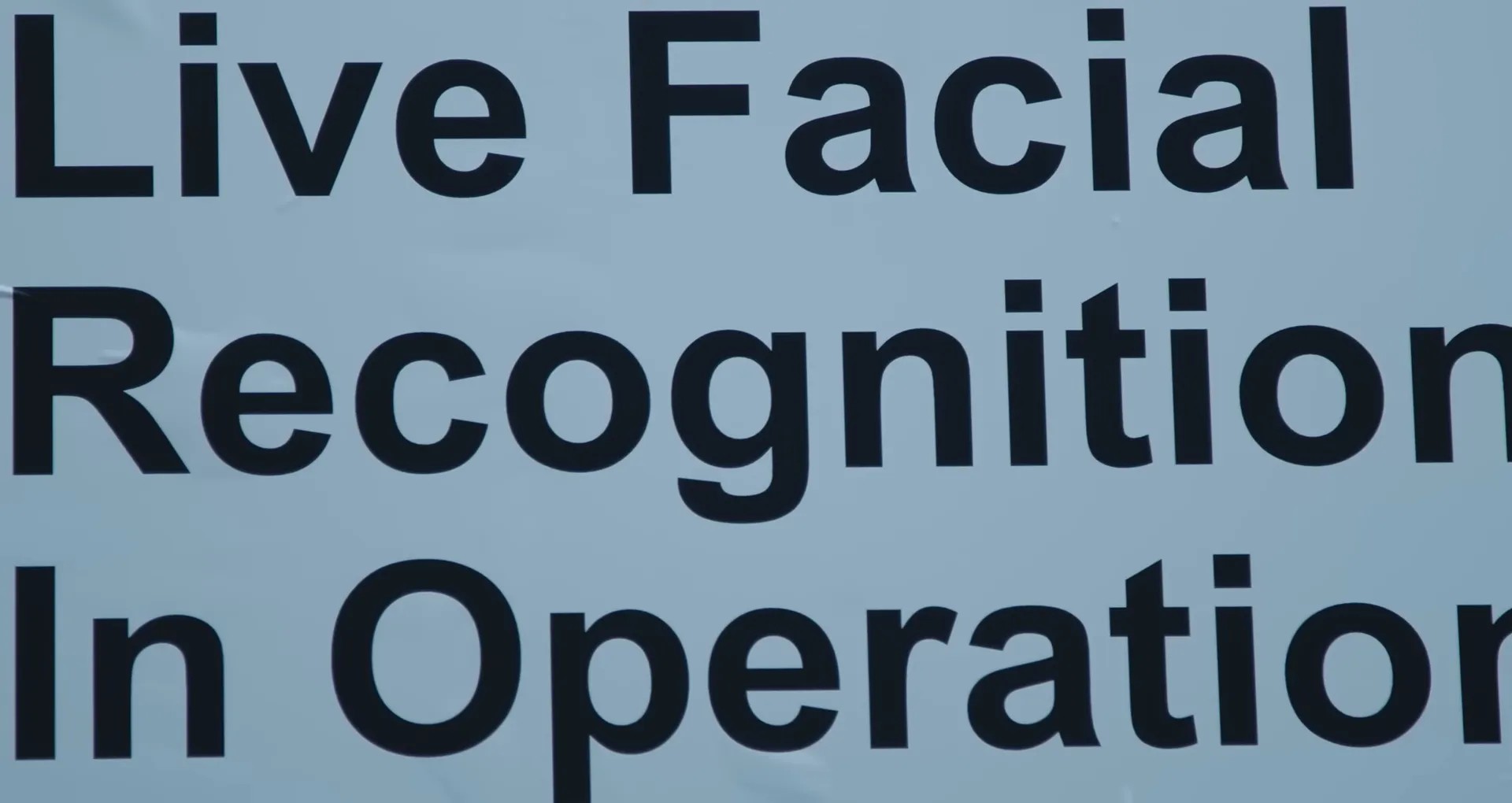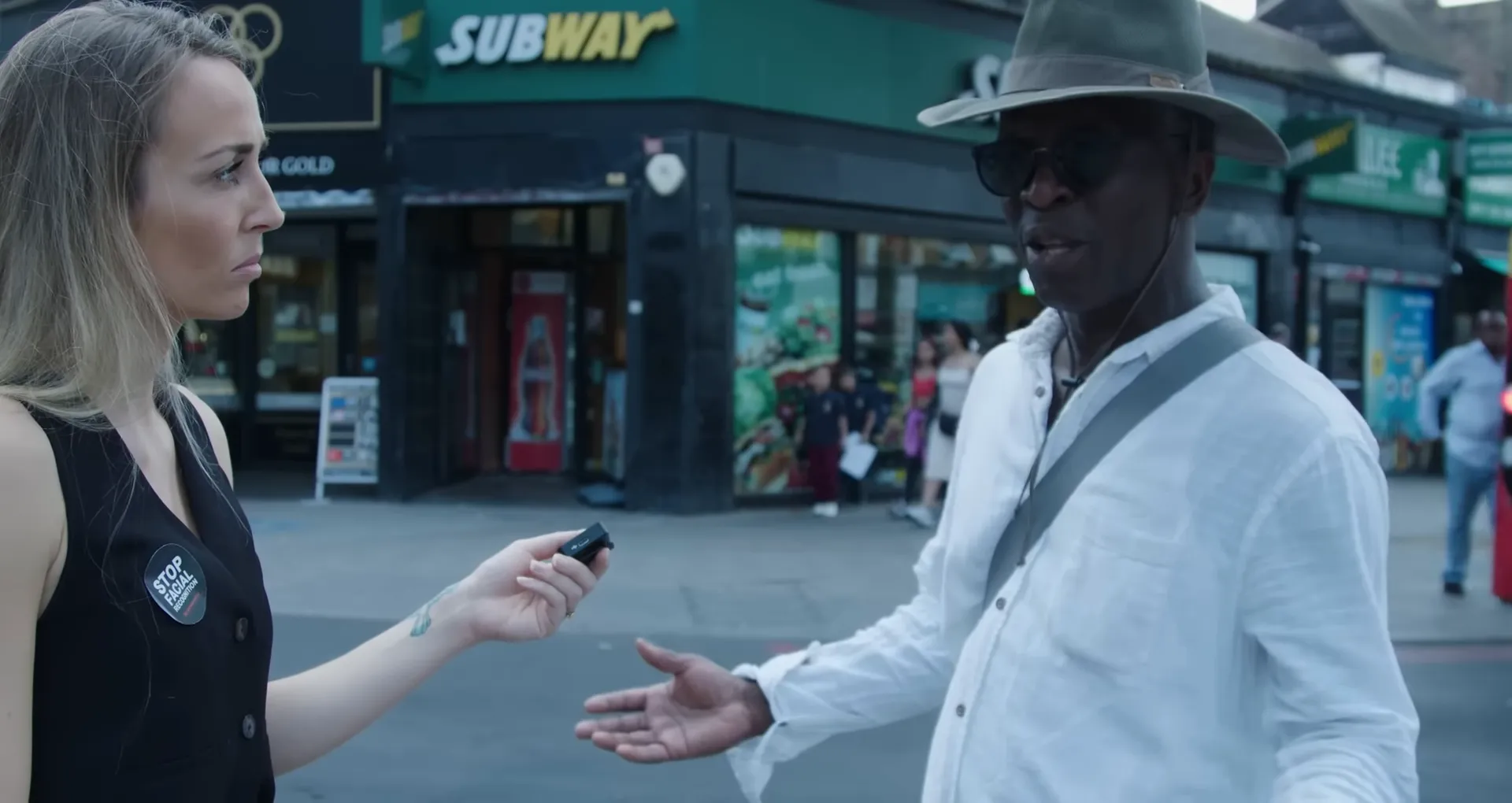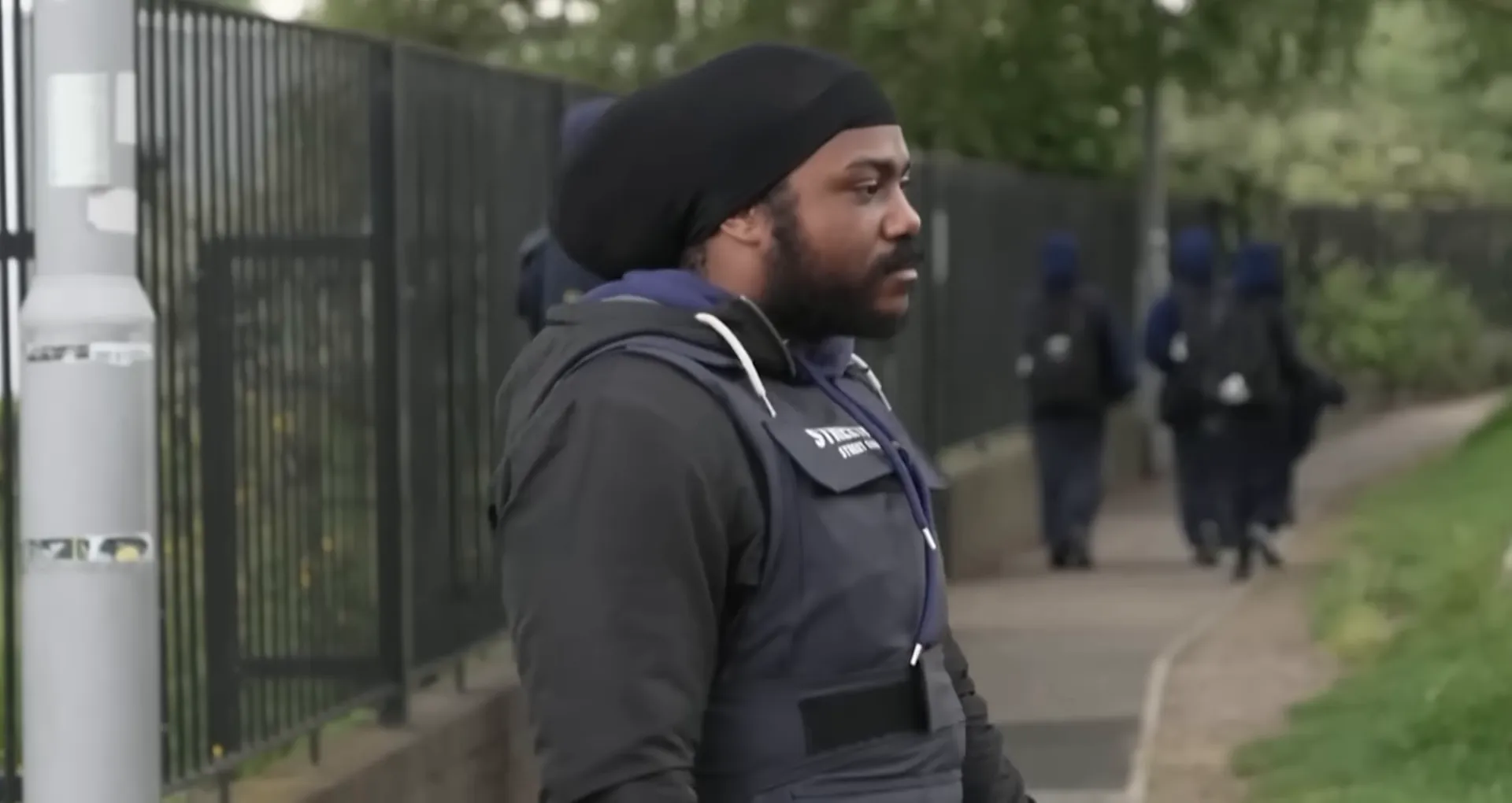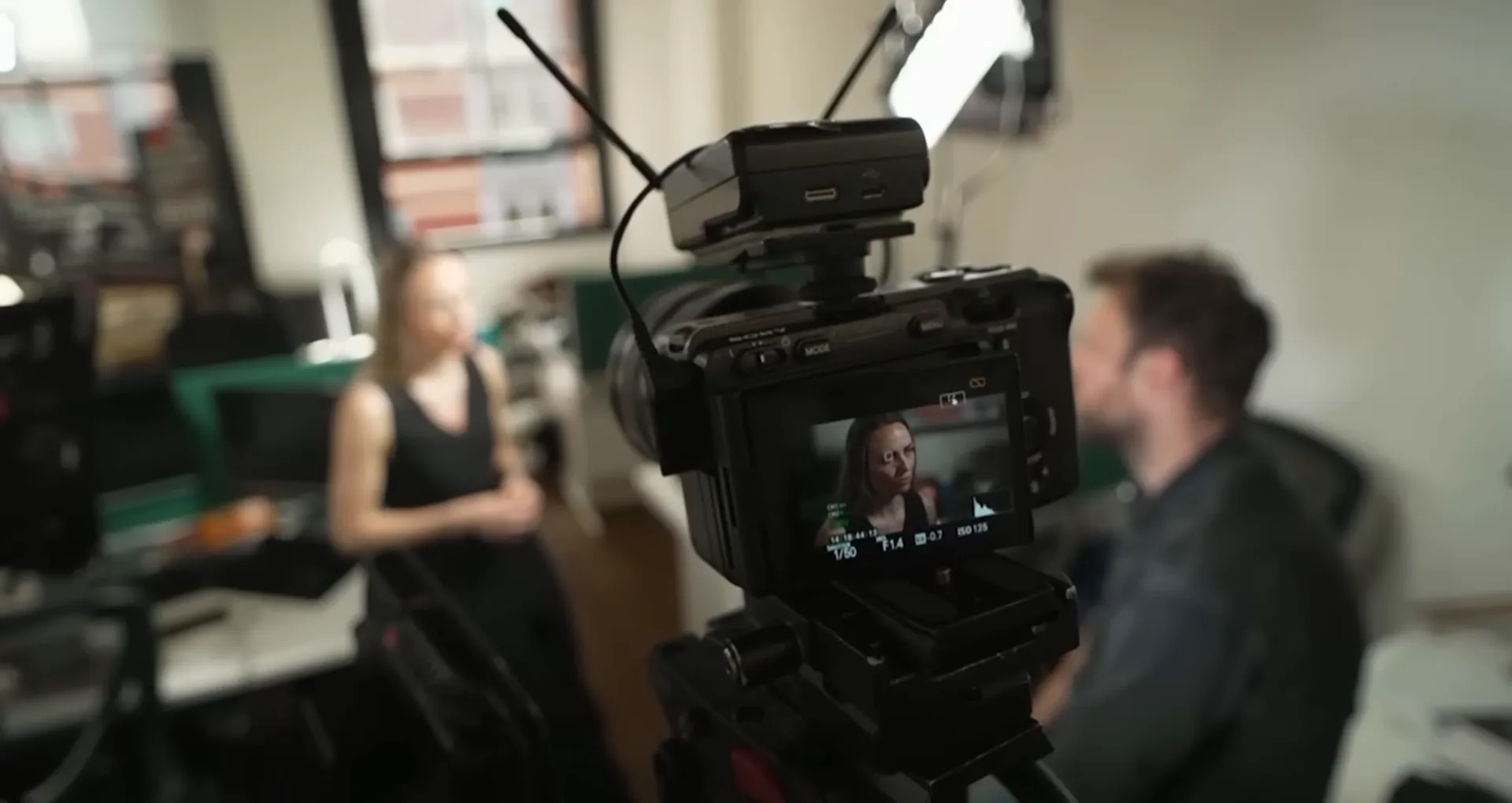Facial recognition technology has sparked discussions, on its use by law enforcement in cities. This article delves into the impact of surveillance through facial recognition the experiences of those impacted by it and the ongoing efforts to contest its presence in areas.
The Mechanics of Live Facial Recognition
Facial recognition technology is being implemented in places without people fully knowing about it. Usually these systems are set up in vans that have cameras to scan the faces of individuals who walk by. For example in busy spots like London Bridge these systems can record faces daily transforming everyday streets into virtual police lineups.
This technology is meant to recognize people, on police watch lists ranging from suspected wrongdoers to those marked for their safety. However there are worries about privacy and the precision of the information utilized in this process.
Personal Experiences with Facial Recognition
People have recounted encounters with recognition technology that were quite troubling. One such story revolves around a community worker named Sean Thompson who was wrongly identified as a wanted criminal. Even after presenting ID that clearly showed he wasn’t the person the police were seeking he faced questioning and the looming possibility of arrest.

Sean shared how he felt powerless and embarrassed underscoring the impact that technology can have, on people. He engages with at risk youth in his community and the false allegations against him not influenced his life but also hindered his capacity to be a positive example.
The Impact on Communities
There are worries among residents regarding the impact of real time facial recognition surveillance. This technology is viewed as an invasion of privacy with some comparing its presence to being in a police state. Detractors assert that the surveillance doesn’t necessarily improve security but instead fosters an environment of suspicion and apprehension among the community.

Moreover the absence of signs showing the presence of recognition cameras means that most people are oblivious to being watched. This opaqueness can breed discomfort and discontent, among the populace.
Legal and Ethical Challenges
To address these issues advocacy groups and individuals such as Sean are pursuing measures to contest the utilization of live facial recognition. They contend that this technology not violates rights but also falls short in safeguarding citizens against misidentification and its associated repercussions.

The current court disputes seek to set rules and restrictions, on the use of recognition technology. Supporters emphasize the importance of responsibility and supervision due to the risks of misuse and mistakes associated with this technology.
Public Reaction and Support for Change
Reactions to the introduction of live facial recognition surveillance have been varied. Some people back its application for deterring crime while others perceive it as an excessive exercise of authority. Protests against the technology have occurred with activists urging a pause on its deployment until stronger protections are established.

Backing these movements is essential since legal battles typically need resources to move forward. Advocacy organizations are urging the public to support initiatives aimed at prohibiting facial recognition technology highlighting the significance of safeguarding privacy and freedoms in todays era.
Conclusion
The debate about facial recognition technology is ongoing. With progress we need to adapt our understanding of its impact on society. Its crucial to talk about privacy, security and individual rights as we explore this challenging terrain.
If you’re passionate about opposing live facial recognition surveillance think about donating to funds and initiatives. By joining forces we can strive, for a future that upholds rights while prioritizing community security.
